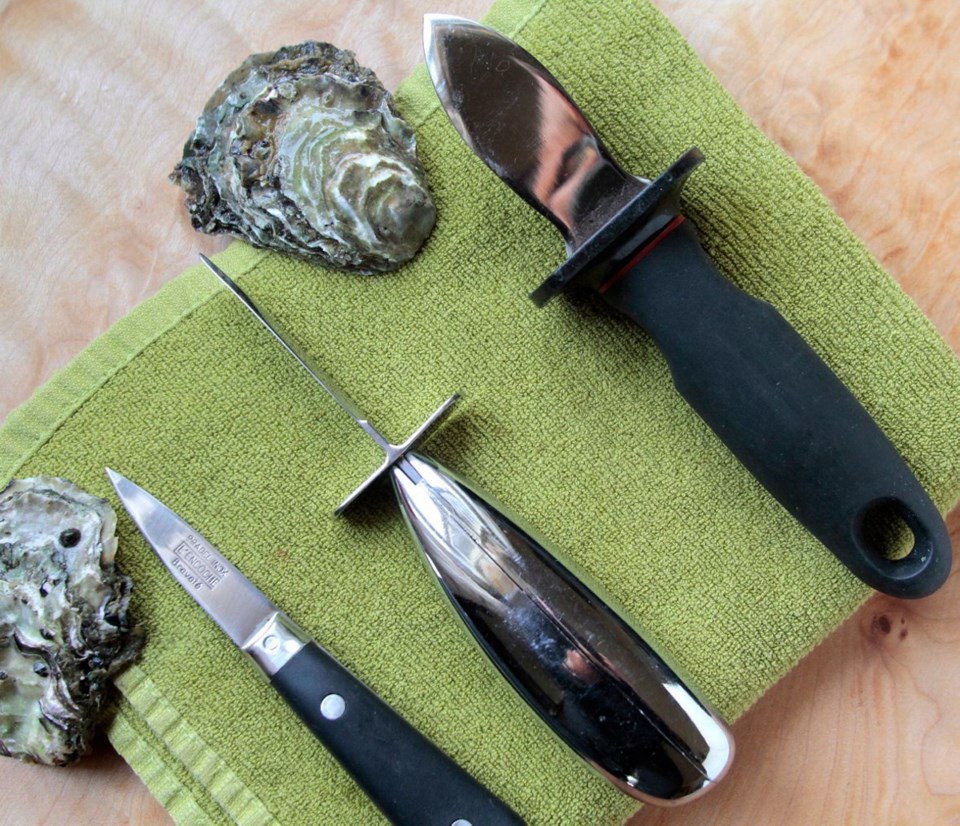B.C. shellfish farmers are reeling after Lower Mainland health officials ordered restaurants to stop serving raw oysters.
“This closure has hit our farmers very hard,” said Roberta Stevenson, executive director of the B.C. Shellfish Growers’ Association. “This is the first time this has ever happened to us.”
Stevenson, whose association has 130 members, about 80 per cent of B.C. shellfish growers, said the ban is causing serious concern about the reputation of B.C. oysters.
On Aug. 17, the Vancouver Coastal Health Authority, which encompasses most of the Lower Mainland and a large chunk of the Sunshine Coast, instructed restaurants to stop serving oysters raw. It also warned consumers to cook oysters before eating them.
The ban and warning was prompted by an uptick of food poisoning caused by the bacterium vibrio parahaemolycus or “vibrio.” It’s a bacterium that typically increases when water temperatures rise.
The restaurant ban, however, applies only to the Vancouver Coastal Health Authority’s area. Also, it only applies to oysters harvested in B.C.
Meanwhile, the Vancouver Island Health Authority has decided to simply require restaurants that serve raw oysters to warn customers of the possible dangers of food poisoning when oysters are not cooked.
Dr. Murray Fyfe, medical health officer for Island Health, said there is no ban on the sale of raw oysters. But that remains an option if a spike in food poisoning occurs.
“What we want to do is make sure people know there is a risk, especially in the summer months, with eating raw oysters and shellfish,” he said.
Vancouver Island public health officials have visited restaurants serving raw oysters to pass along advice and posters to be displayed to warn customers. As a result, a number of restaurants indicated they would stop selling oysters raw.
Other restaurants in Victoria, including Ferris’ Oyster Bar and The Docks, where oysters are a specialty, still offer them raw. Staff at both restaurants say they are warning customers and have undertaken extra training.
Vibrio occurs naturally in the sea. Oysters feed by filtering water for food, so they might collect vibrio in their gut.
When oysters are eaten raw, vibrio can cause a gastro-intestinal infection. If oysters are cooked, the vibrio bacteria are killed and no infections occur.
The main symptom of infection is diarrhea with crampy abdominal pain. It usually clears up four to 96 hours after onset.
The B.C. Centre for Disease Control recorded 35 cases province-wide in June and July, far higher than the usual 10.
Fyfe said Vancouver Island has recorded 15. Usually, it records fewer than six.
Public health officials in B.C. have taken note of recent regulatory moves in Washington state requiring more vigilant environmental monitoring for vibrio by harvesters, he said. Oyster farmers in Washington stop harvesting when temperatures increase past the point where vibrio is likely to flourish.
Dr. Reka Gustafson, medical health officer for Vancouver Coastal Health, said her office tracked all its cases of vibrio poisoning and they were all associated with B.C. product or with swimming in B.C. waters.
None were associated with eating Washington oysters, said Gustafson.
The number of vibrio cases recorded is likely misleading, and far more people have probably been infected, she said. Most people simply suffer through a gastro-intestinal infection and only a few will see a doctor, submit a stool sample and have it tested.
Like Fyfe, Gustafson is bullish on the moves by Washington state. She said she and public health colleagues are urging the Canadian government to look closely at them. “What is important about the Washington state regulation is it has components of prevention, components of monitoring and components of response,” said Gustafson.



